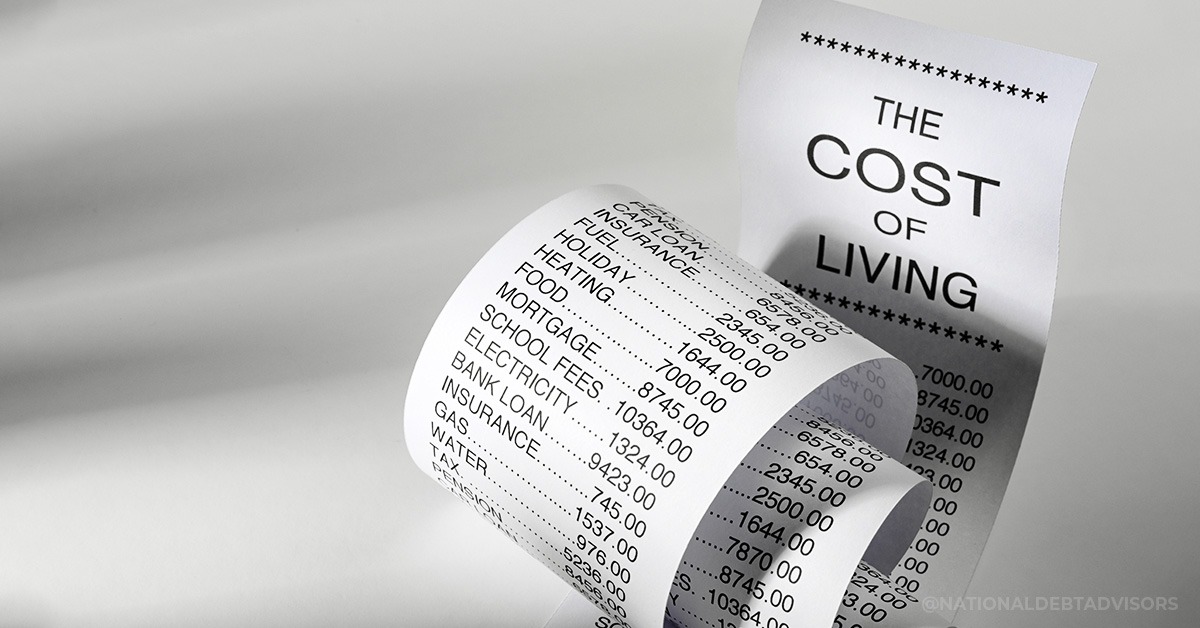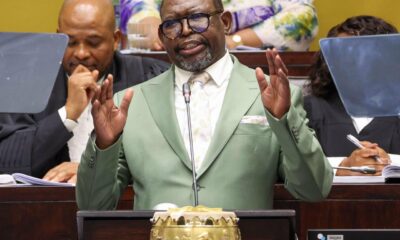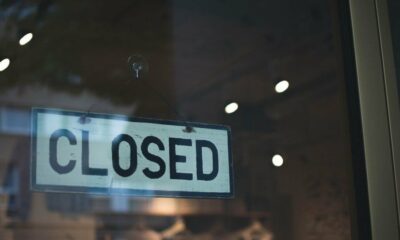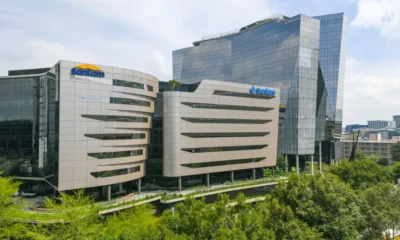411
South Africans Squeezed by Soaring Costs and Debt as Purchasing Power Crumbles

South Africans are feeling the financial pinch more than ever. New data shows that citizens now have less purchasing power than they did in 2016, as everyday costs soar and debt spirals out of control.
While Easter has traditionally been a time for travel and celebration, this year told a different story. According to Standard Bank, fewer people splurged on non-essential purchases, opting instead to focus on necessities like transport and digital connectivity, which saw significant spending increases in April.
“Holiday and travel are easy to cut when money is tight,” said Shené Mothilal, Solution Owner of Digital Money Manager at Standard Bank. “We’re seeing more cautious spending, especially over long weekends.”
Even consumers who receive bonuses or 13th cheques are now using that money for basics like groceries rather than seasonal spending. Charitable donations, once a priority during holidays, have also declined.
Debt Is Becoming a Lifeline
The financial pressure isn’t just affecting the poor. According to DebtBusters’ Q1 2025 Debt Index, 91% of people applying for debt counselling now have at least one personal loan — a new record. Payday loans are also on the rise, with 37% of applicants relying on them to make ends meet.
“Consumers today need 69% of their take-home pay just to service debt,” said Benay Sager, executive head of DebtBusters. “This is the highest level since 2017.”
For higher-income earners, the situation is just as dire. Those earning more than R35,000 a month now use 77% of their income to pay off debt — the highest level ever recorded by the debt management firm.
Why South Africans Are Worse Off Than in 2016
The Debt Index highlights the alarming decline in purchasing power, which has dropped by 53% since 2016. Although inflation has cooled slightly in recent months, average incomes remain 1% lower than they were nine years ago.
“Electricity costs are up 135%, petrol is up 88%, and inflation has risen by 52% since 2016,” said Sager.
While top earners have seen some income growth (11% since 2016), their unsecured debt has surged by 90%, indicating that even wealthier households are struggling to maintain financial stability.
Essentials Are Consuming More of What’s Left
After debt repayments, South Africans are now spending up to 25% of their remaining income on just the essentials — food, water, electricity, and transport. Lower-income families are hardest hit, as food inflation outpaces general inflation, forcing them to cancel insurance or other essential services.
The data paints a troubling picture: whether rich or poor, South Africans are squeezed from all sides. And unless income growth picks up meaningfully, or inflation continues to ease, many households will remain on the edge.
South Africa’s cost-of-living crisis is no longer just a statistic — it’s a daily struggle for millions. With wages stagnant, debt rising, and basic expenses ballooning, the financial reality for most South Africans is worse than it was almost a decade ago. Until economic conditions improve, many will continue to prioritise survival over spending, celebration, and even security.
{Source: BusinessTech}
Follow Joburg ETC on Facebook, Twitter , TikTok and Instagram
For more News in Johannesburg, visit joburgetc.com



























